A barrier-based and holistic approach to manage the risks of blackout
Bow ties are one of many barrier-risk-models available to assist in the identification and management of risk. The figure above shows a simplified bow-tie barrier diagram to present the threats and barriers that contribute to increasing and decreasing the likelihood of blackout and the mitigating barriers for supporting recovery. Barriers in a bow tie contribute to managing risk. Barriers can be characterized as technical or operational barrier elements. Operational barriers can be manifested at an organizational or individual level.
Risk management requires that all factors influencing the human (“H”), organizational (“O”) and technical (“T”) elements are identified, and that the consequences of the interaction between the elements (“HOT”) is understood.
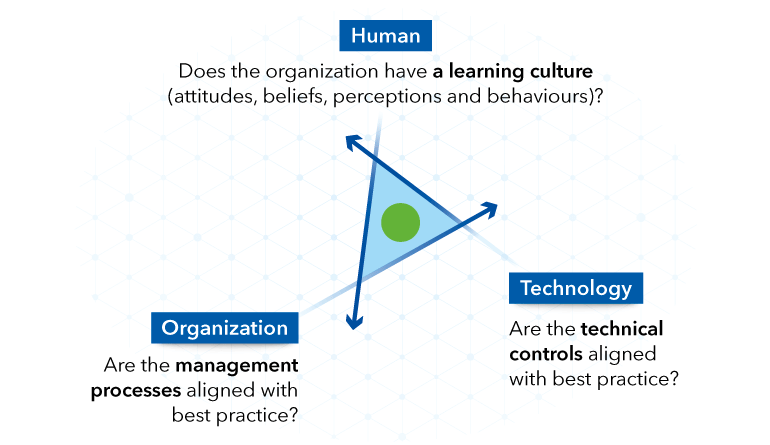
Implementing additional safety measures
SOLAS and the main class rules of a classification society are the mandatory requirements that generally provide a minimum technical standard. While these rules and requirements focus mostly on system reliability and response to failures through standards for design, construction, commissioning and compliance inspections, a blackout may be caused by numerous technical or operational failures that may not conflict with the rules and requirements.
Therefore, vessel owners and operators should implement additional safety measures if they have an ambition to achieve greater redundancy, reliability, operability and maintainability than the minimum requirements.
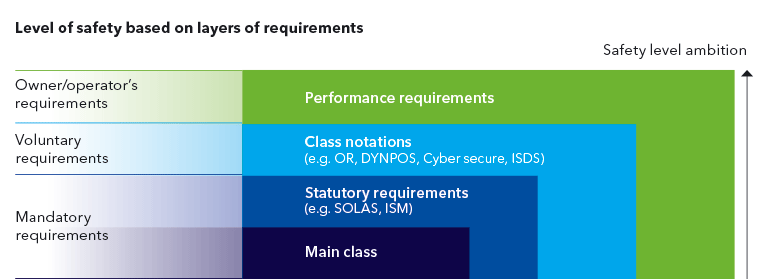
Voluntary class notations to prevent blackouts and loss of propulsion
In certain market segments, a blackout and even a temporary loss of propulsion may have severe consequences, and additional measures are either required or voluntarily added by owners that aim for higher reliability or availability. These additional measures are normally covered in different additional class notations, e.g. the RP- or the DYNPOS notations. These notations ensure a higher level of fault tolerance and system reliability by:
- Increasing the level of redundancy and protective measures
- Assessing a wider range of possible failure modes
- Extending the system test and verification.
New class notation - Operational Reliability (OR)
A new additional class notation that specifically targets the operational reliability and availability of propulsion, steering, electrical power and manoeuvrability was published July 2021. The new notation is called OR – Operational reliability and applies to passenger ships built to the SRtP.
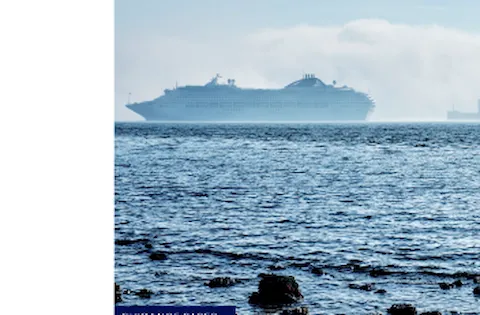
Guidance paper: MANAGING THE RISK OF BLACKOUTS
A stepwise approach for managing the risks of blackout and resulting loss of propulsion. This paper provides recommendations and best practices for fleets in operation as well as newbuilds.
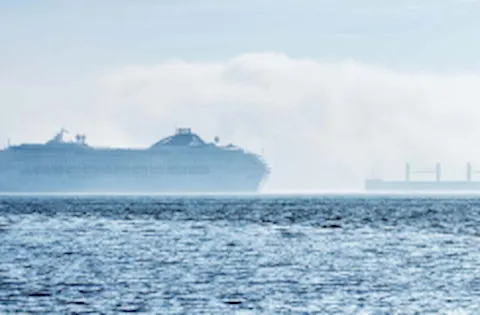
Summary: MANAGING THE RISK OF BLACKOUTS
Read the 8-page summary of our guidance paper
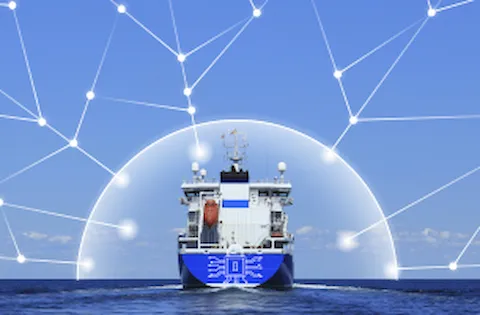
Expert presentation: Cyber security in the maritime industry – the ISM Code as another driver
Watch the video recording and download the slide deck